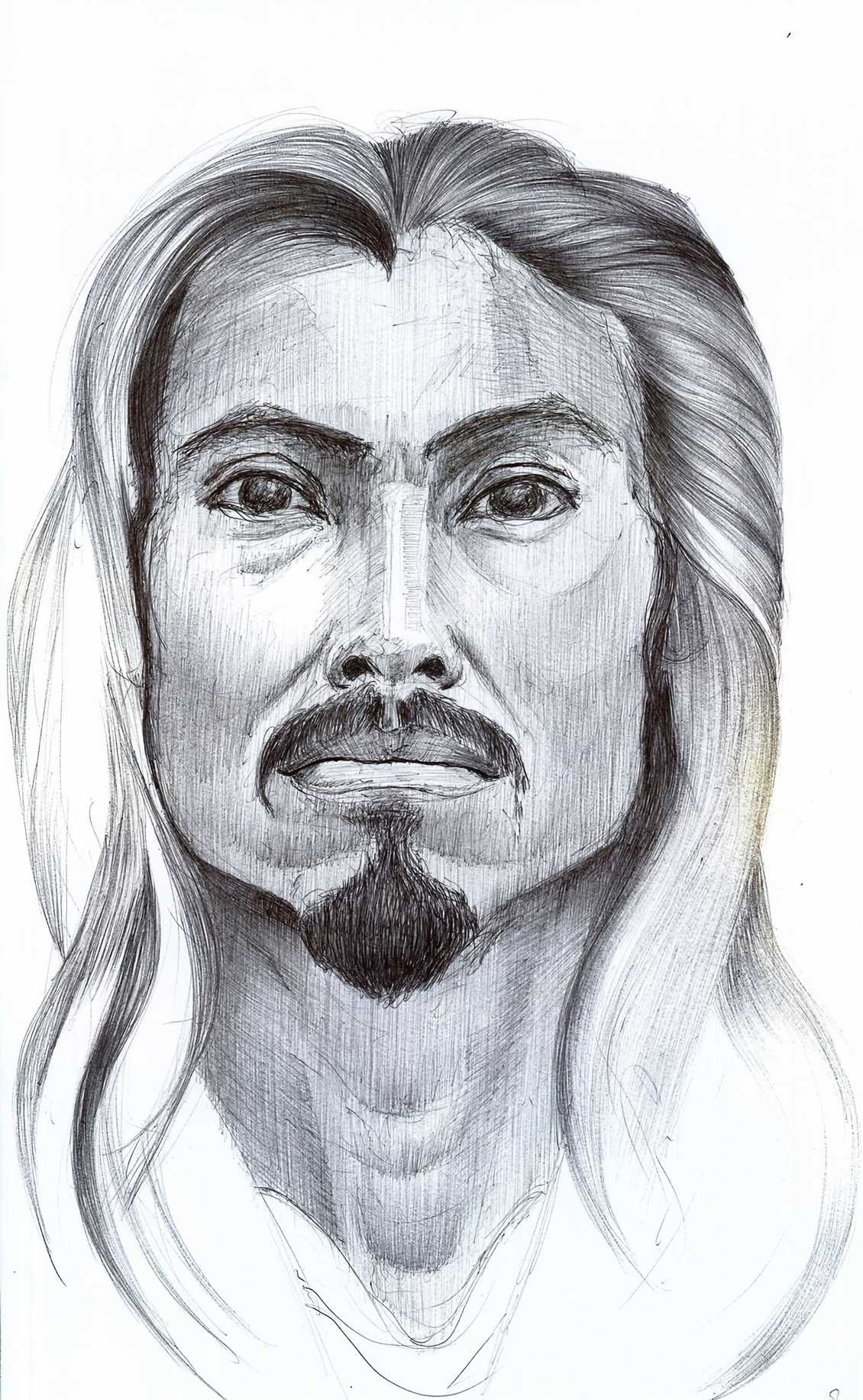Jose Alvarez (D.O.P.A.): The Krome Drawings
The exuberant collages Jose Alvarez is best-known for, created from feathers and porcupine quills and shapes of brilliant colored acrylic paint, were on view at the Norton in the exhibition Altered States in 2011 when his life changed dramatically. Awakened in the early morning by agents from Immigration and Customs Enforcement, his reassuring words to his husband James Randi, were that he would be home by afternoon. He was not. He was detained at the Krome Detention Center for nearly two months. It was true; Alvarez had stayed beyond the date of his visa and in 1984 obtained papers of a deceased man. However, that man — Jose Alvarez — was alive and well and had just applied for a passport leading to the artist’s detainment and, finally, the necessity to be transparent about his circumstances. The artist was Deyvi Orangel Peña Arteaga - a gay man from Venezuela who had experienced police pointing a gun to his head threatening his life. He left to survive.
After four days in Krome, a fellow, inquisitive detainee – Julio – warned Jose not to succumb to depression. Learning Jose was an artist, Julio insisted that he be drawn – even obtaining paper and the pen for Jose to use. The sight of the artist working in this traditional role – examining his sitter to render an appearance – initially brought other men forward to ask for their portraits. Eventually, Jose realized this was his own salvation and a mission to make known these men, their situations and honor their lives through his art. Jose’s own calm, empathetic character must have played a role in the willingness of his fellow detainees to be vulnerable and engage in the extraordinary experience of intense study. It generated conversation and, ultimately trust with Jose who then sought out others to draw and ask to know of each man’s situation leading to detainment. These portraits gave names to the men who were made anonymous and now known only as a number and country of origin. Jose kept his promise to each man that their portrait and story would be seen in a museum. He believes that all but one of his subjects have been deported.
When first exhibited in 2016 at the Boca Raton Museum, Jose thought it was the most important exhibition of his life. The experience has only been exceeded by the overwhelming letters from viewers who relate how his portraits altered their understanding of immigrants in the United States.
Cheryl Brutvan
Director of Curatorial Affairs / Glenn W. and Cornelia T. Bailey Curator of Contemporary Art
Organized by the Norton Museum of Art.
Support for this exhibition was provided by The Milton and Sheila Fine Endowment for Contemporary Art and The Dr. Henry and Lois Foster Endowment for the Exhibition of Contemporary Art.

